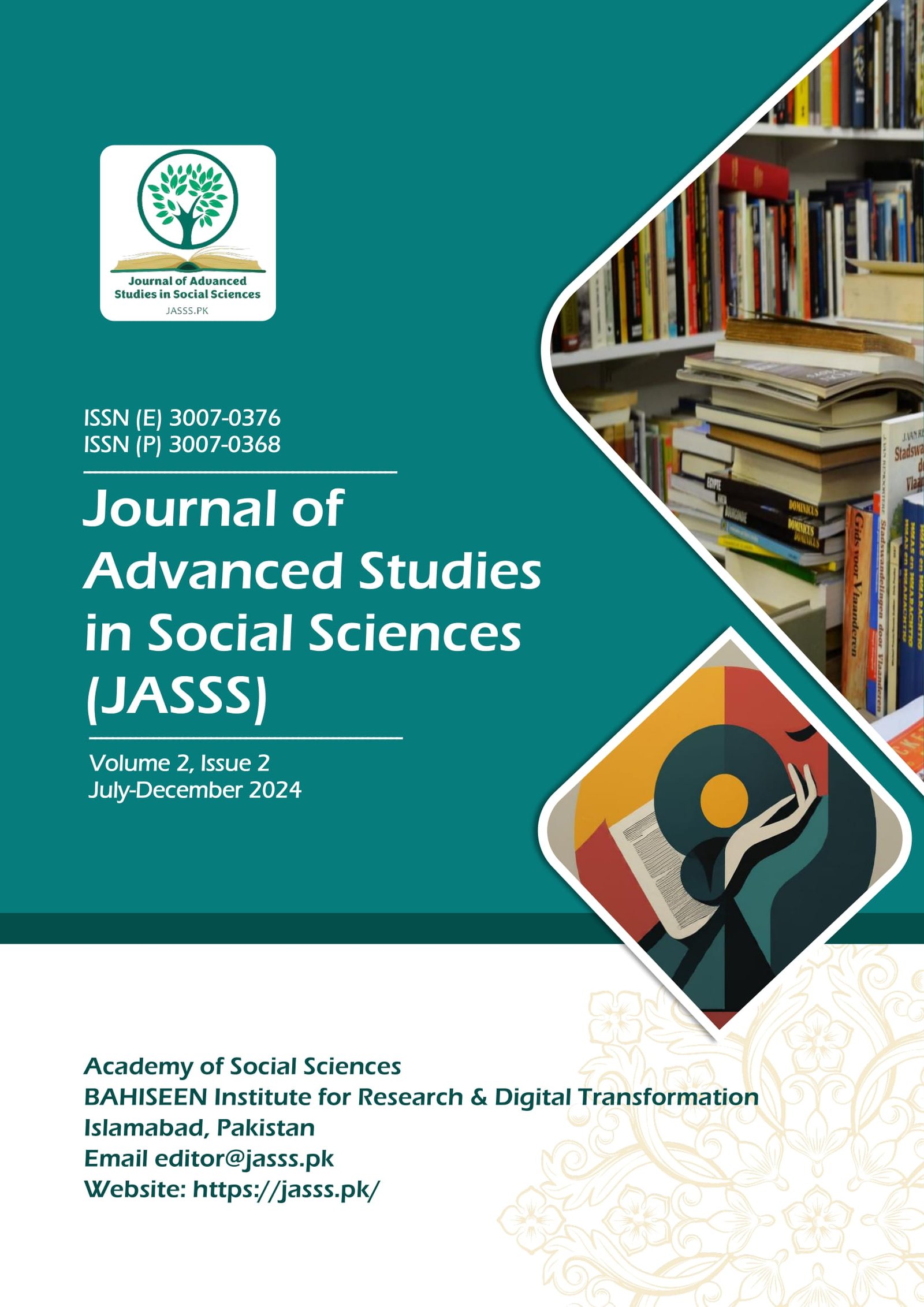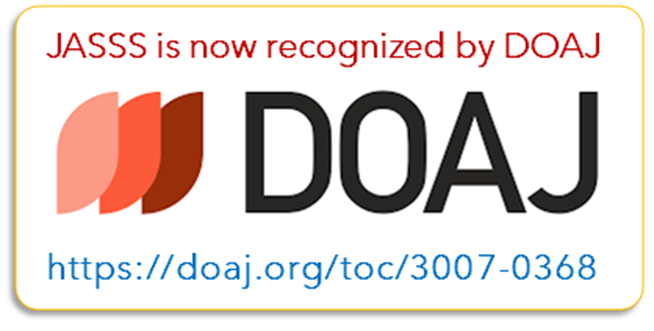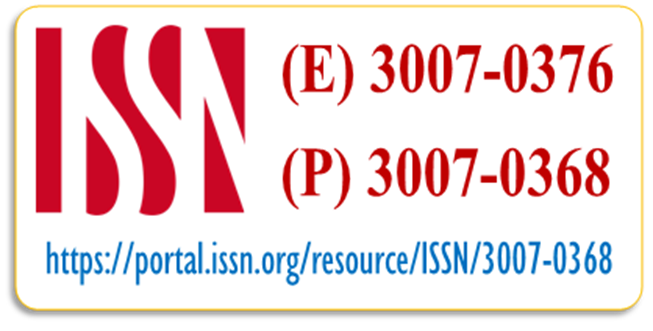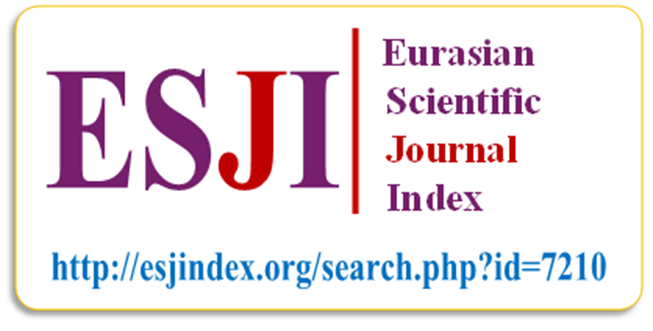Evaluating The Effectiveness of Government-Led Public Health Campaigns for Covid-19 Communication Strategies in Zimbabwe
DOI:
https://doi.org/10.5281/zenodo.14765560Keywords:
COVID-19, Communication strategy, Pandemics, health communication, public health campaigns, effectiveness of authority-led public campaigns, social behaviour changeAbstract
As the COVID-19 pandemic spread globally, Zimbabwean authorities intervened to protect the nation. Their dissemination of information about COVID-19 prevention protocols was thereby put to the test, revealing a complex web of strengths, weaknesses and missed opportunities that warrant a critical examination and reflection. Drawing insights from observations and in-depth interviews conducted in the Chinhoyi and Makonde districts of Zimbabwe, this paper critically examines the effectiveness of the communication strategies employed by the central government to prevent the spread of the COVID-19 virus. The observations and interviews indicate that many people did not comply with the COVID-19 prevention protocols of wearing face masks, social distancing, lockdown, curfews and banning social gatherings. The government’s spirited COVID-19 prevention campaign was generally met with an unsatisfactory public response due to its failure to leverage the multi-modal communication platform of word-of-mouth, electronic (radio, television, social media) and print media to ensure balanced messaging that helped to deliver both the desired behaviour change and to combat misinformation that undermined public compliance. In addition, the government was remiss in ensuring that communication reached all segments of the population, addressing issues of rural-urban divide and literacy barriers, engaging with communities to empower them to be active participants in knowledge sharing, partnering with community leaders, religious figures, and trusted local voices to amplify COVID-19 messaging and to equip citizens with the ability to analyse information and distinguish trustworthy from untrustworthy sources.
Downloads
References
Abbas, A. (2021). The COVID-19 pandemic and its global consequences.
Alonge, O. O., Adedoyin, O. M., & Mbiti, I. M. (2019). Public health emergencies in Africa: Exploring the role of communication in building resilience. Health communication, 38(3), 321-330. https://www.ncbi.nlm.nih.gov/pmc/articles/PMC3778998/
Aslam, S., & Ittefaq, U. (2020). Framing the COVID-19 infodemic: A diachronic analysis of American and British newspaper coverage. Journalism Studies, 21(7), 933-950. https://www.ncbi.nlm.nih.gov/pmc/articles/PMC8905326/
Abbas, J., Mubeen, R., Iorember, P. T., Raza, S., & Mamirkulova, G. (2021). Exploring the impact of COVID-19 on tourism: Transformational potential and implications for a sustainable recovery of the travel and leisure industry. Current Research in Behavioral Sciences, 2, 100033. https://doi.org/10.1016/j.crbeha.2021.100033
Bakshy, E., Messing, S., & Adamic, L. A. (2019). Exposure to misinformation and fake news online. Science, 363(6424), 1039-1043.
Basch, C. E., Doak, C. C., & Weiss, R. J. (2020). Navigating the “infodemic”: Public health communication in times of crisis. Public Health Reports, 135(9), 1043-1050. https://wwwnc.cdc.gov/eid/article/28/13/22-0696_article
Bene, B., Fischer, J., Gonzalez, R., Landis, J. R., Moreno-Sanchez, R., Rehwinkel, R., ... & King, D. A. (2016). Applying a One Health lens to emerging infectious diseases: The West Africa Ebola virus disease outbreak, 2014-2015. Emerging Infectious Diseases, 22(2), 165-172.
Bonilla, X., Almeida, J., & González-Bailón, S. (2020). The Role of Healthcare Professionals in the Flow of Information During the COVID-19 Pandemic: A Systematic Review. Journal of Medical Internet Research, 22(7), e19220 [Bonilla et al., 2020]
Bowles, J., Larreguy, H., & Liu, S. (2020). Countering misinformation via WhatsApp: Preliminary evidence from the COVID-19 pandemic in Zimbabwe. PLOS ONE, 15(10), e0240005. https://doi.org/10.1371/journal.pone.0240005
Brandt, D. S., Karimi, F., & Bakhtiari, H. (2019). Information foraging theory in social media: A review and research agenda. Journal of Information Science, 45(3), 374-390.
Bratu, T. (2020). Misinformation and fake news about COVID-19. International Journal of Public Health Research, 10(4), 3019-3021. https://www.ncbi.nlm.nih.gov/pmc/articles/PMC9114791/
Brewer, L., Choi, J., & Maguire, P. (2020). Religious congregations and health information seeking during the COVID-19 pandemic. SSM - Population Health, 12, 100661 [Brewer et al., 2020]
Brooks, S. K., Webster, R. K., & Smith, L. E. (2020). The psychological impact of quarantine and isolation on mental and physical health (Review). Lancet, 395(10227), 912-920. https://doi.org/10.1016/S0140-6736(20)30460-8
Bulunuz, M. (2019). Health communication in a digital age: Theoretical approaches and future directions. International Journal of Health Promotion and Education, 58(1), 7-13. https://www.researchgate.net/publication/289530247_Health_communication_research_in_the_digital_age_A_systematic_review
Chirombe, P., Nyakabau, T., & Nyandoro, N. (2020). Mental health consequences of COVID-19 and lockdown measures in Zimbabwe: A rapid assessment. International Journal of Mental Health Systems and Support, 8(1), 1-7. https://www.ncbi.nlm.nih.gov/pmc/articles/PMC7266481/
Dignosi, G. (2020). Trust and misinformation in the time of COVID-19. Italian Sociological Review, 14(2), 247-256.
Duan, L., & Zhu, H. (2020). A review of anthropological studies on epidemics. Annual Review of Anthropology, 49(1), 127-144.
Dube, E., Chigwedere, C., & Kujawa, M. A. (2021). Covid-19 information dissemination in Zimbabwe: A comparative analysis of traditional and digital media use. Information Development, 37(3), 349-365.
Ewbank, P. (2021). COVID-19 and the limits of communication for development. Communication Development & Impact Journal, 8(1), 101-112.
Feinberg, A., Drescher, K., Kass, N., Morgenstern, H., & Liddell, B. (2020). Religious leaders’ responses to COVID-19: A double-edged sword. Health Communication, 35(7), 836-847 [Feinberg et al., 2020]
Government of Zimbabwe. (2020). COVID-19 National Response Strategy.
Hill, S. C., Hassan, S. U., Shah, S. A., & Butler, C. D. (2021). Newspaper coverage of COVID-19 in Pakistan: A content analysis of framing and risk communication. Health Communication, 36(4), 449-459.
Hassan, A. U., Bashir, S., & Habib, A. (2021). Role of radio communication in the dissemination of agricultural information during COVID-19 lockdown: A case study from Khyber Pakhtunkhwa, Pakistan. Journal of Rural Studies, 37(4), 511-522.
Hornik, R. C., Jamieson, K. H., Bleich, C. N., Bechtoldt, A. G., & McGuire, W. J. (2020). Trust in media and perceived risk of COVID-19. Emerging Infectious Diseases, 26( X ).
Horst, F., Miller, K., Lovink, G., & Robinson, L. (2020). COVID-19 and the digital divide. Globalizations, 17(7), 1181-1192 [Horst et al., 2020]
Huang, J., Wang, Y., Hao, F., Liu, W., Hu, Y., Cheng, Z., Jiao, Y., Li, S., Zhou, Z., & Zhou, T. (2020). Mental health trends during the COVID-19 outbreak in China: Based on national online mental health surveys. Lancet Psychiatry, 7(7), e700-e701 [Huang et al., 2020]
Ibraheem, Z., Ng, C., Abuznadah, A., Omar, N., & Ismail, M. (2021). The Role of Religious Leaders During the COVID-19 Pandemic: A Review of the Literature. International Journal of Environmental Research and Public Health, 18(18), 9622 [Ibraheem et al., 2021]
International Telecommunication Union (ITU). (2023). (https://www.itu.int/).
Jensen, J. D., & Levy, B. R. (2020). The pandemic information environment: How COVID-19 changed the way we accessed and processed news. Journal of Information Policy, 8(2), 189-210.
Jones, C. L., Jensen, J. D., Scherr, C. L., Brown, N. R., Christy, K., & Weaver, J. (2015). The health belief model as an explanatory framework in communication research: exploring parallel, serial, and moderated mediation. Health communication, 30(6), 566-576.
Khan, S., Khan, M. A., & Shah, S. N. (2021). Pakistani media’s role during the COVID-19 pandemic: A content analysis of risk communication strategies. Public Relations Inquiry, 8(1), 78-93.
Kim, H., & Kim, E. (2020). The role of interpersonal communication on handwashing behavior during the COVID-19 pandemic. Journal of Environmental Health Research, 18(5), 833-838.
Kumar, S., & Raman, RS (2020). Public panic and information seeking behavior in the time of COVID-19: A case study of India. Library Herald (Delhi), 64(1/2), 148-156.
Lavell, A., Mansilla, E., Maskrey, A., & Ramirez, F. (2020). The Social Construction of the COVID-19 Pandemic: Disaster, Risk Accumulation and Public Policy. Risk Nexus Initiative
Lazer, J., Pennycook, G., & Hahn, U. (2020). The science of misinformation. Science, 369(6508), 384-388.
Lewis, S. C. (2018). Lack of trust in the news media, institutional weakness, and relational journalism as a potential way forward. Journalism. https://doi.org/10.1177/1464884918808134
Li, H., Zhong, N., & Huang, J. (2020). Media coverage and public opinion on COVID-19: Evidence from Sina Weibo. Digital Journalism, 8(8), 1045-1063.
Litman, T. (2020). Pandemic Resilient Community Planning: Practical Ways to Help Communities Prepare for, Respond to and Recover from Pandemics and Other Economic, Social, and Environment Shocks. Victoria Transport Policy Institute
Liu, X., Zhao, Y., Cao, Q., Rui, H., & Chen, J. (2020). Active communication for better public health response during the COVID-19 outbreak: A call for global collaboration. Lancet, 395(10232), 1331 [Liu et al., 2020]
McGuire, W. J. (1964). Inducing resistance to persuasion: Some contemporary approaches. In L. Berkowitz (Ed.), Advances in experimental social psychology (Vol. 1, pp. 191–229). New York: Academic Press.
Mersey, G., Morgan, J., Moore, L., & Galea, S. (2020). Effectiveness of community outreach programs in promoting positive health behaviors. Annual Review of Public Health, 41(1), 333-352 [Mersey et al., 2020]
Nguyen, L., Thai, T., Chi, N., Vu, L., & Nguyen, H. (2020). Exposure to different television news sources and public knowledge about COVID-19 in Vietnam. Journal of Public Health, 42(2), 392-399 [Nguyen et al., 2020]
Nyenwa, P., & Oluwafemi, O. (2020). COVID-19 pandemic and the role of community health workers in Africa
Petty, R. E., & Cacioppo, J. T. (1986). Communication and Persuasion: Central and peripheral routes to attitude change. Springer-Verlag
Robinson, L., Schulz, J., Blank, G., Ragnedda, M., Ono, H., Hogan, B., Mesch, G. S., Cotten, S. R., Kretchmer, S. B., Hale, T. M., Drabowicz, T., Yan, P., Wellman, B., Harper, M.-G., Quan-Haase, A., Dunn, H. S., Casilli, A. A., Tubaro, P., Carvath, R., … Khilnani, A. (2020). Digital inequalities 2.0: legacy inequalities in the information age. First Monday, vol. 25, no. 7, University of Illinois at Chicago Library, 2020.
Rosenstock, I. M. (1974). The health belief model and preventive health behavior. Health education monographs, 2(4), 354-386.
Taddicken M, Wolff L (2020) ‘Fake News’ in science communication: emotions and strategies of coping with dissonance online. Media Commun 8(1):206–217
Vraga EK, Bode L. Addressing COVID-19 Misinformation on Social Media Preemptively and Responsively. Emerg Infect Dis. 2021 Feb;27(2):396-403. doi: 10.3201/eid2702.203139. Epub 2021 Jan 4. PMID: 33395379; PMCID: PMC7853571.
Wang, C., Pan, R., Liu, Y., Lu, H., Cheng, S., Xu, J., … & Tian, Y. (2020). Factors associated with knowledge, attitudes, and practices regarding COVID-19 among the general population in Vietnam: A cross-sectional online survey. International Journal of Infectious Diseases, 96, 241-245.
WHO (2020). WHO Strategic Plan for Pandemic Influenza. World Health Organization
WHO COVID-19 Dashboard (2023).
World Health Organization. (2021). COVID-19 Vaccine Misinformation in Zimbabwe
Zimbabwe Media Commission. (2021). COVID-19 and Misinformation in Zimbabwe: A Survey Report.








